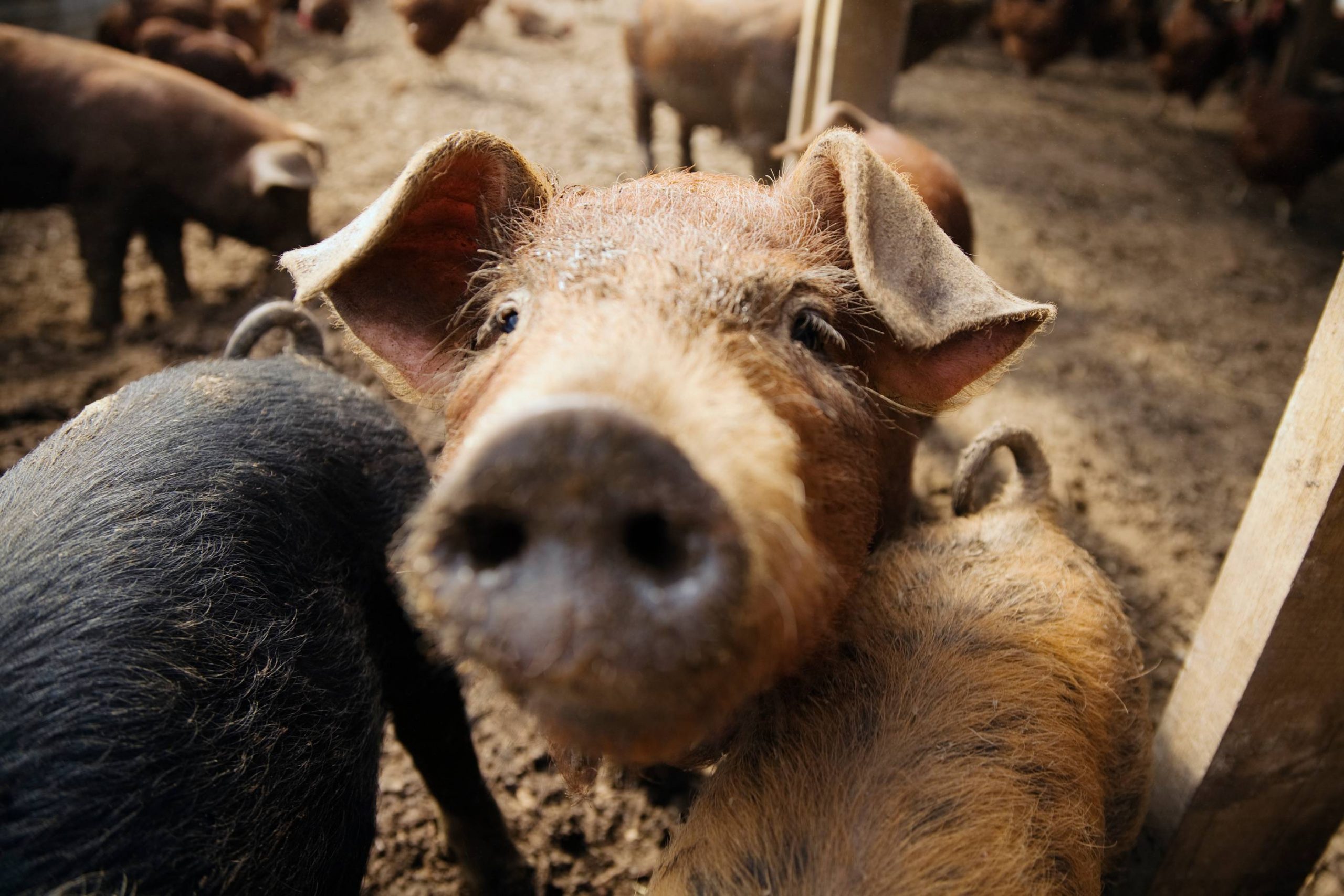
A big rise in intensive pig farming may have played a significant role in pollution suffered by the Mar Menor lagoon in recent years.
Environmentalists and scientists say illegal nitrogen-based discharges from farms on the Campo de Cartagena have caused the build up of algae that has cut oxygen levels in the lagoon, leaving marine life to suffocate.
An estimated 75,000 people protested in Murcia City last week about the latest round of dead fish washing ashore on the Mar Menor.
Two environmental groups have lodged a complaint with the European Commission about the lack of action being taken by Spanish authorities
A probe led by Dutch-based investigative journalist group Lighthouse Reports has looked at how increasing pork farming has affected the Mar Menor.
A government report from the environment ministry published in 2019 said that pig farms with nearly 800,000 swine could be responsible for 17% of nitrogen discharges in the lagoon.
Lighthouse Reports journalists collated satellite and drone photos of the area.
The images showed pig waste pouring out of slurry ponds or being dumped on adjoining land or even buried in large holes.
The 2019 government probe referred to inspections of 10% of the area’s slurry pits and that 90% of those broke rules that specify that pig waste has to be stored in waterproof ponds.
Individual farmers and agricultural organisations have repeatedly said that they have always complied with rules.
Pig farms in Murcia and across Spain have risen to record-high levels due to increased for pork products from international markets like China and the Far East.
56 million pìgs were slaughtered in Spain last year, a rise of three million on 2019 official figures.
Andrés Pedreño Canovas, a sociology professor from Murcia University, told Lighthouse Reports: “Pig farms have grown without any controls, creating a bubble driven by international markets and specifically exports to China.”
“Bubbles always burst, and this one will leave behind a devastated, polluted territory in crisis.”
Trade association, Interporc Spain, said: “More than 90% of pig slurry is reused to replace fertilisers, but it can also be treated and transformed into electrical energy.”
In response to what the environment ministry discovered two years ago, Interporc commented that ‘statements cannot be made about the entire sector stemming from the fact that errors were detected in some cases’.
PHOTO CREDIT: Cordon Press
READ MORE:- MASSIVE DEMONSTRATION IN MURCIA CITY OVER MAR MENOR POLLUTION
